An overview of Japanese Cities
Each area of Japan has unique features that contribute to an overall different experience as you live, study, and work there. The descriptions below are created to give you an idea of the kind of lifestyle and experiences you will find in each place. This article covers the main cities of interest to International people in Japan, where there are schools, employment opportunities and an established international community in which you can feel supported and engaged.
TOKYO: The bustling capital
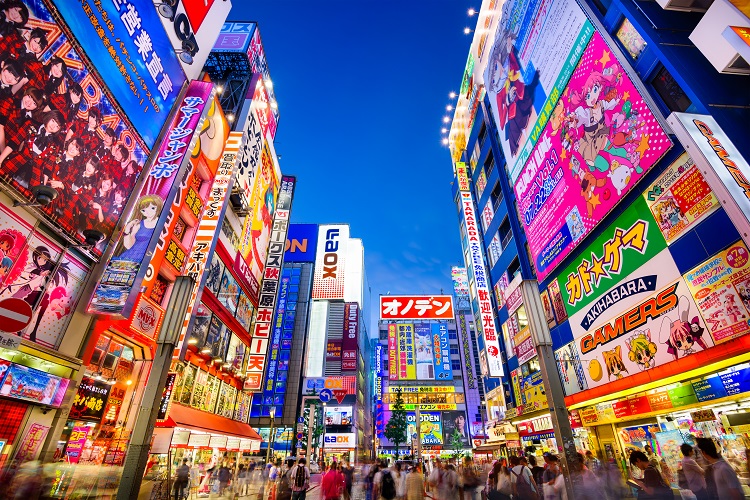
Tokyo, Japan’s largest city and the world’s most populous metropolis, doubles as the country’s capital. Despite being one of 47 prefectures, Tokyo encompasses 23 city wards and extends beyond its official boundaries, underscoring its vast scale. Unlike typical cities, Tokyo lacks a distinct “downtown,” offering a unique navigational challenge.
Similar to Samuel Johnson’s ode to London, Tokyo embodies a city where one can find all that life has to offer. It boasts Japan’s largest international community and a wealth of attractions, including world-class dining, vibrant arts scenes, educational institutions like museums and galleries, serene parks, and historic sites from various eras. Tokyo serves as a gateway to nearby natural wonders and historical villages.
Tokyo is a city of perpetual discovery, blending futuristic innovation with timeless charm. Despite its bustling pace, navigating its energetic environment can be overwhelming for some, yet pockets of tranquility exist amidst its constant activity and surprises.
OSAKA: The Heart of Kansai
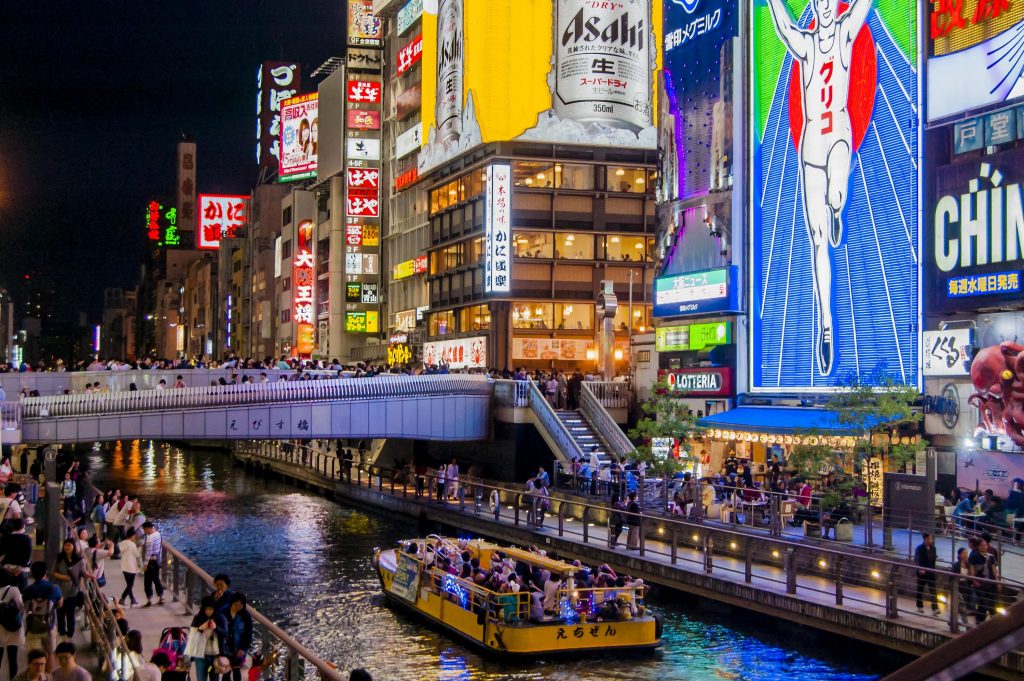
Osaka, Japan’s second-largest metropolitan area and the hub of the Kansai region, has a dense population driving its centuries-old economy. Historically linked to Kyoto, Osaka thrived as a crucial stop for merchants and officials en route to the former capital during the Heian period. It gained fame as “The Kitchen of the Nation (天下の台所)” in the Edo period for its vibrant food scene and commerce.
Today, Osaka remains lively, renowned for dishes like okonomiyaki, takoyaki, and kushi-katsu. Its residents are known for their friendly, lighthearted demeanor and unique sense of humor, distinct from Tokyo. Like Tokyo, Osaka boasts a bustling nightlife, local eateries, shopping districts, museums, parks, temples, shrines, an aquarium, and Universal Studios Japan.
Centrally located in the Kansai region, Osaka provides easy access to Kyoto, Kobe, and Nara, each rich in history and culture. Kansai, especially Osaka, contrasts with Kanto in character, cuisine, dialects, and customs like escalator etiquette.
Considering Tokyo versus Osaka? Comparing their atmospheres can help you decide. Feel free to ask for more advice on choosing the right city for your stay!
KYOTO: The famous historic capital of Japan and hub of traditional culture.
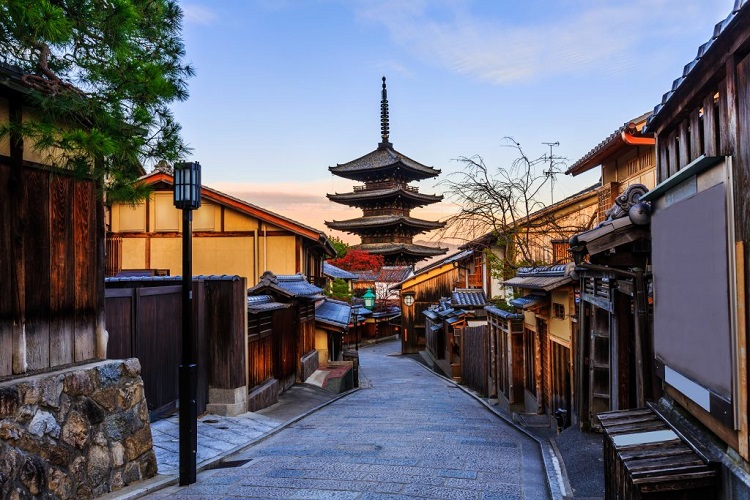
Kyoto stands out internationally for its profound cultural legacy as Japan’s ancient capital, where historical charm seamlessly coexists with modern advancements in business, tourism, and daily life. Nestled amidst scenic mountains, Kyoto experiences a picturesque cycle of seasons—from snowy winters to blooming cherry blossoms in spring, warm summers, and fiery hues of autumn foliage.
Having served as Japan’s capital from 794 to 1868 AD, Kyoto is a custodian of traditional Japanese culture, housing numerous national treasures such as Nijo Castle, imperial palaces, and iconic temples like Kiyomizu-dera and Fushimi Inari Taisha, famous for its vermilion torii gates immortalized in films and photographs. The Arashiyama district adds to its allure with traditional shops, a renowned bamboo grove, and a blend of historic and modern museums, markets, and dining spots, including the iconic Kyoto Tower.
Beyond its historical significance, Kyoto is a vibrant center of modern culture, particularly in anime and manga, highlighted by the Kyoto International Manga Museum—a haven boasting a vast manga library, hosting diverse events with Japanese and international artists, and advancing manga as an art form globally.
Residential areas in Kyoto retain the orderly, grid-like layouts of its imperial past, offering serene suburbs and a bustling urban core around Kyoto Station. This diversity ensures that life in Kyoto promises varied experiences depending on where one resides or explores—a dynamic blend of tradition and contemporary living unparalleled in Japan.
FUKUOKA: Home to Ramen, Street Vendors, and the Port to Asia
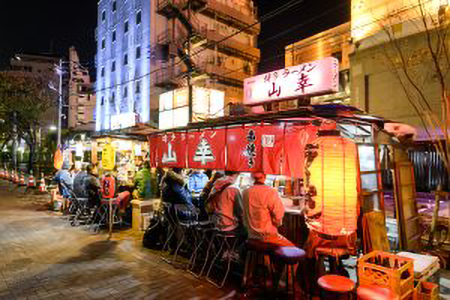
Fukuoka, the largest city on Kyushu island, is renowned for its diverse cuisine, including ramen and fresh seafood. Historically significant due to its proximity to Korea and China, it was targeted during the Mongol invasions and served as a key national security site. In the 9th century, scholar Sugawara-no-Michizane was exiled here and is now enshrined at Dazaifu-Tenmangu.
Fukuoka’s industrial growth began in the 19th century, with coal resources driving ironworks and shipbuilding, attracting both domestic and foreign workers. This history led to its designation as a UNESCO World Heritage site in 2015. Today, it hosts Kyushu’s largest foreign resident population and is famed for its food scene, including tonkotsu ramen, mizutaki nabe, shiomotsu nabe, and yatai street stalls. Recently, its coffee and cafes have gained popularity.
The city center offers dining and shopping in Daimyou and Tenjin Districts, nightlife in Nakasu, and upscale experiences near Hakata Station. Canal City mall is notable for shopping and events. Fukuoka’s proximity to Seoul facilitates easy travel to Asia, with high-speed ferries to Busan. The term “Kyushu danji” reflects the earnest and strong nature of local men, while the city’s residents are generally warm and inviting. Social gatherings are common, so visitors might experience the local hospitality firsthand.
SAPPORO: The Capital of the North surrounded by mountains
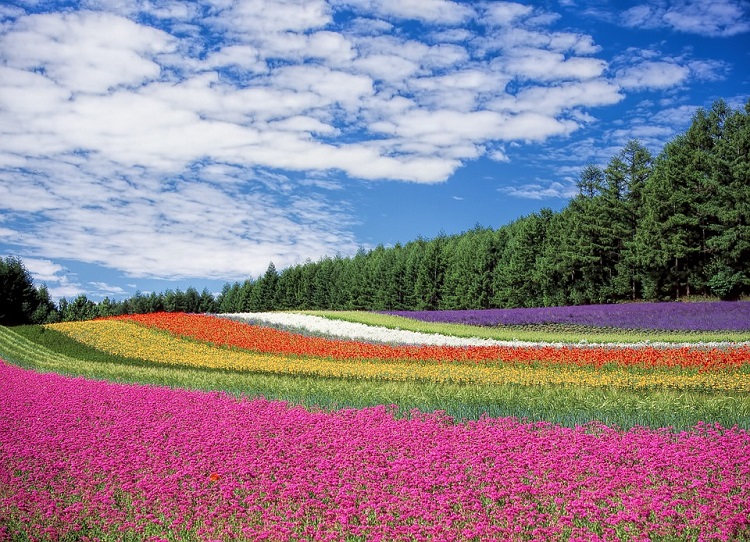
Sapporo, Hokkaido’s capital and Japan’s northernmost major city, was meticulously planned during the late 19th century Meiji period with a grid-like western-style layout. Known for its cool climate and stunning natural beauty, Sapporo blends business and finance with tourism. It’s celebrated for its beer, ramen, and the famous Snow Festival, drawing winter sports enthusiasts to its snowy mountains.
Hokkaido’s agricultural and dairy industries, highlighted by products like Hokkaido milk and cheese tarts, are vital to Japan’s economy and global appeal. Living in Sapporo offers city conveniences and easy access to mountains for skiing, hiking, and relaxing at renowned onsen resorts like Noboribetsu. The city’s dynamic food scene includes sushi, seafood, Sapporo ramen, soup curry, and dairy-based desserts. Cultural attractions like Ainu museums, parks, botanical gardens, nightlife in Susukino, and bustling food markets add to Sapporo’s charm, making it a perfect home for those who cherish outdoor beauty and Japan’s snowy landscapes.
NAGOYA: The City of Industry, Design and History.
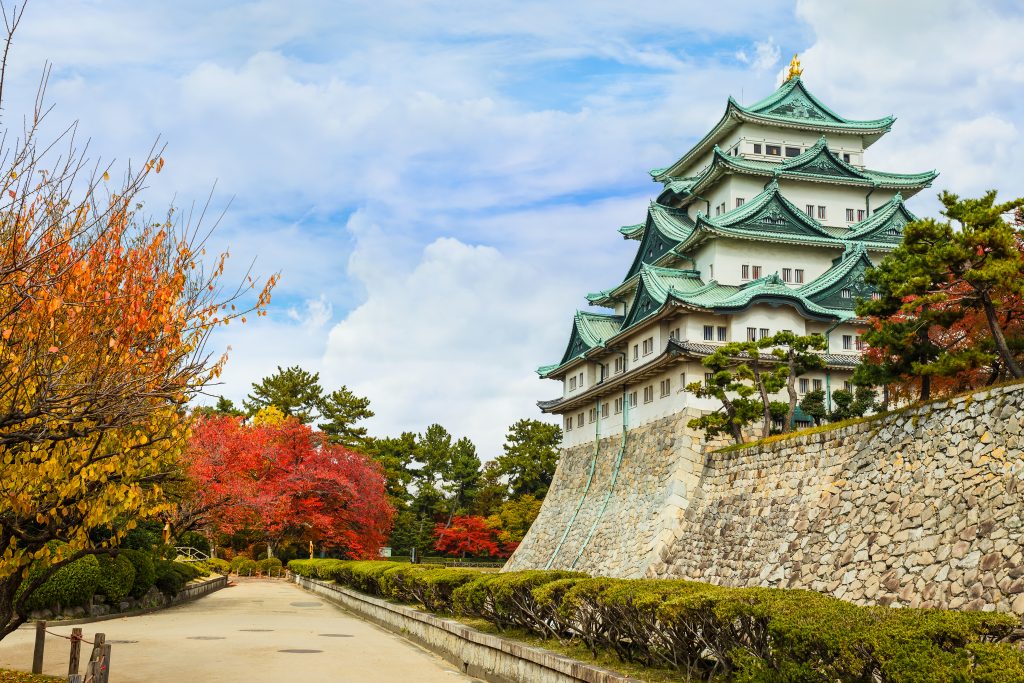
Nagoya, centrally located on Honshu between Osaka and Tokyo, is Japan’s fourth-largest city and a vital industrial hub known for automotive, aviation, and machinery production. It boasts a rich history as the birthplace of feudal lords Oda Nobunaga, Toyotomi Hideyoshi, and Tokugawa Ieyasu, blending historical preservation with modern infrastructure and innovation.
As Aichi Prefecture’s capital, Nagoya offers a diverse city experience with modern conveniences, cultural attractions, and easy access to urban and rural excursions. Highlights include downtown Sakae for shopping and dining, industrial museums like the Railway and Toyota Museums, historical sites such as Nagoya Castle and Osu Kannon Temple, and nearby scenic spots like the Korankei valley.
Beyond Nagoya, explore UNESCO World Heritage sites like Shirakawago and historic towns in the Kiso Valley, enjoy onsen retreats in Gero Onsen, and visit coastal Ise Shima with its sacred shrines. Nagoya’s location makes it a perfect base for discovering Japan’s cultural and natural wonders.
SENDAI: The city of nature
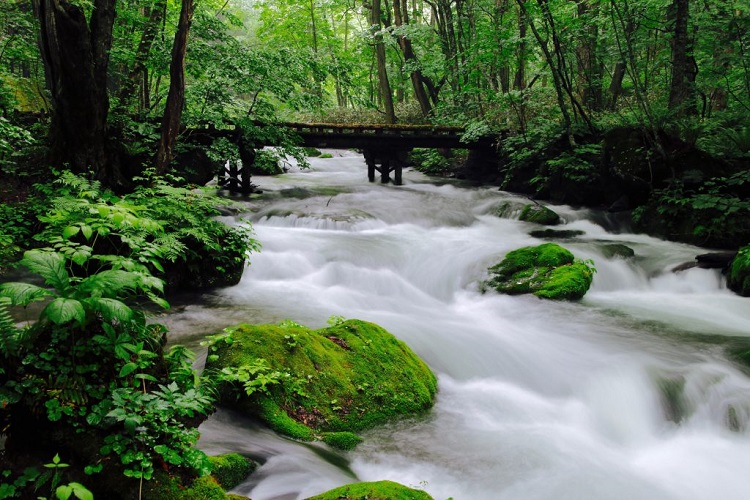
Sendai, the largest city in Miyagi Prefecture and the Tohoku region, ranks among Japan’s top 15 most populous cities. Founded in the 17th century by regional leader Date Masamune, Sendai bears his historical imprint with landmarks like Osaki Hachimangu Shrine, Rinnoji Temple, and Aoba Castle (Sendai-jo). Despite its location in the snowy Tohoku region, Sendai benefits from its Pacific Ocean proximity, experiencing milder winters compared to western Japan.
The city faced significant impact from the March 11, 2011 earthquake and tsunami, particularly along its coastal areas. However, Sendai’s central core largely remained unaffected. Today, the city boasts a compact yet vibrant urban center, featuring attractions such as the Ichibancho Arcade, the bustling Asaichi morning market, and the AER Building with its panoramic city view from the top floor.
Known as “The City of Trees” for its wide, green-lined streets, Sendai embraces a nature-centric lifestyle. It offers easy access to natural wonders like the hot spring resorts of Akiu, the river and waterfall of Sakunami, and the scenic Tatsunokuchi Gorge. Nearby Matsushima, renowned as one of Japan’s Three Views, further enhances Sendai’s appeal for nature enthusiasts and cultural explorers alike.
SAITAMA: The peaceful neighbourhoods north of Tokyo
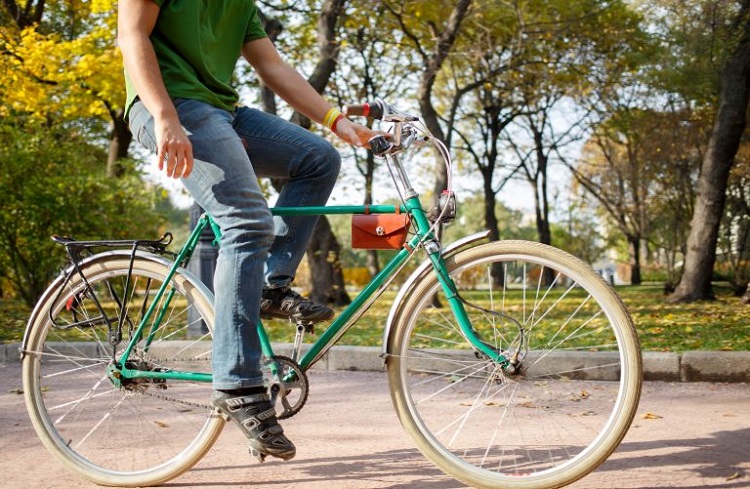
Saitama Prefecture, located just 30 minutes north of Tokyo, is predominantly suburban, with many residents commuting to Tokyo for work. The hubs around Omiya and Urawa stations are popular for shopping, dining, and nightlife, reflecting a historical rivalry between these former cities merged into Saitama City in 2001.
Popular attractions include the railway museum, Omiya Bonsai Village showcasing rare bonsai trees, Hikawa Shrine, and the Saitama Prefectural Museum. The Saitama New Urban Center features the expansive Saitama Super Arena and scenic Minuma Rice Paddies.
Nearby, historical Kawagoe offers a glimpse of “Little Edo,” while Chichibu boasts shrines and forested mountains ideal for hiking. Saitama also provides easy access to neighboring Gunma, Tochigi, Ibaraki prefectures, and Nagano Prefecture.
A preferred residence for international students and professionals seeking proximity to Tokyo in a quieter, affordable setting, Saitama combines urban conveniences with abundant natural beauty, making it an appealing destination for diverse lifestyles.
CHIBA: The City of Hidden Gems

Chiba, located east of Tokyo, is home to Tokyo Disneyland despite its name. Shaped like a dog, Chiba’s mascot “Chiiba-kun” refers to its regions as parts of a dog’s anatomy. Northern Chiba has industrial districts, while the rural southern Boso Peninsula is known for agriculture like rice and Japanese pears. Its Pacific coastline offers sandy beaches, contrasting with Japan’s usual rocky shores and busy ports.
Chiba is well-connected to Tokyo via JR railways, offering lower living costs than central Tokyo, though train delays can occur. Beyond convenience, Chiba features Narita International Airport for shopping, Funabashi’s lively downtown, and scenic spots like the Boso Peninsula.
Unique attractions include farm experiences, the Hoki Museum of Modern Art, Chiba Lotte Marines games at ZOZO Marine Stadium, serene Kamogawa rice paddies, Sawtooth Mountain, Honjoji Temple in Matsudo’s forest, and surfing at Onjuku Beach. Chiba blends urban amenities with natural beauty, making it a popular city to live in and explore.
YOKOHAMA: The Port City of Japan and Tokyo.

Yokohama, Japan’s second-largest city, is a vibrant blend of residential, industrial, and tourist areas. Overlooked domestically in favor of Osaka, it boasts Japan’s largest Chinatown and a historic port pivotal in the Meiji Restoration. Popular among expats and trendsetters, Yokohama offers both tranquil residential neighborhoods and bustling downtown districts like Minato Mirai 21, known for its museums, shopping, and entertainment.
Located in Kanagawa Prefecture, Yokohama neighbors cities like industrial Kawasaki and historic Kamakura. Its direct transport links to Tokyo ensure accessibility but result in crowded trains during rush hours. Residents enjoy leisure activities such as strolling along the waterfront, exploring cultural sites, and dining in diverse eateries, including the renowned Chinatown.
While Yokohama is a popular day trip from Tokyo, residents benefit from quick access to Tokyo’s vast offerings within a 30-minute train ride, making it an ideal living choice with a blend of urban conveniences and cultural richness.
